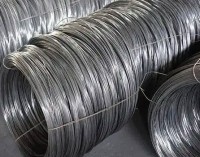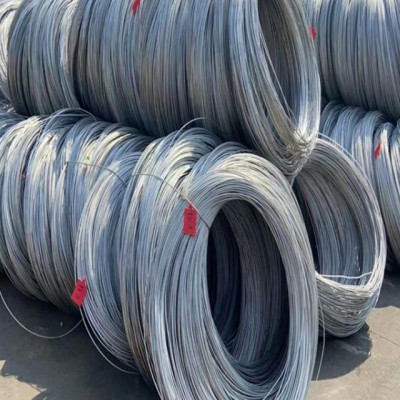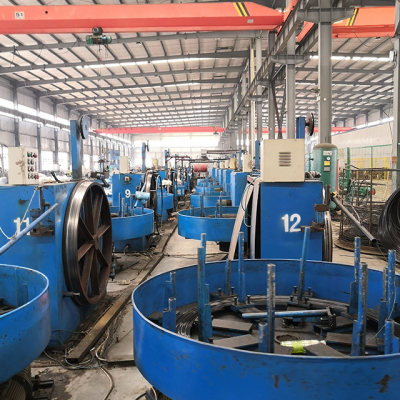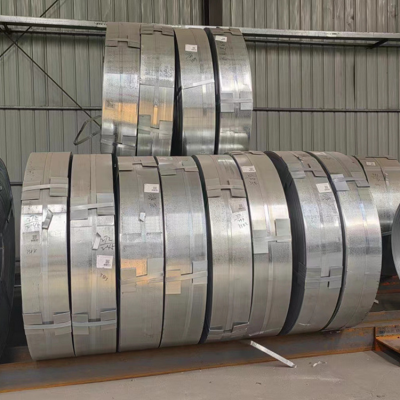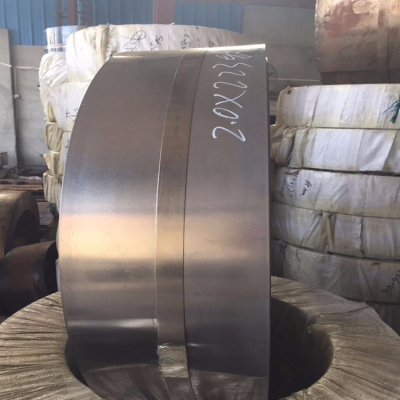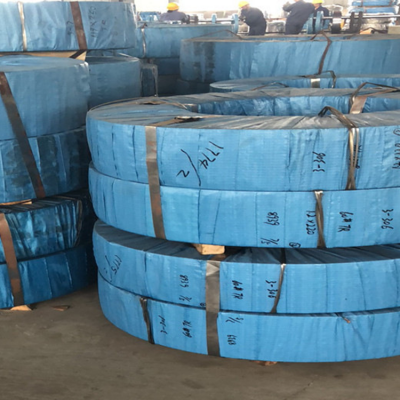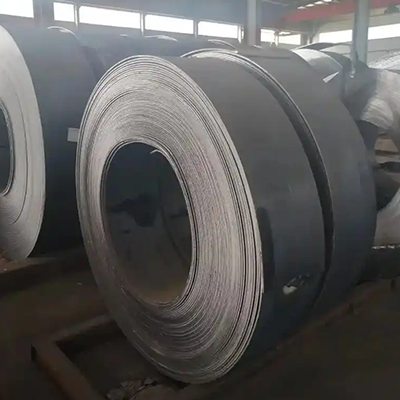
As a key component in many machinery and equipment, spring steel wire's performance stability and service life are directly related to the operating efficiency and cost of the entire system. In order to ensure that spring steel wires can continue to function, reduce failure rates and reduce replacement costs, it is very important to master correct maintenance skills.


1. Store spring steel wire correctly
Environmental requirements: Spring steel wire should be stored in a dry, ventilated, non-corrosive gas environment, away from direct sunlight and high temperatures to prevent damage to the steel wire due to oxidation or thermal expansion.
Packaging protection: Unused spring steel wire should be protected with moisture-proof and dust-proof packaging materials to avoid contamination or damage to the surface of the steel wire.
Identification management: Spring steel wires of different materials, specifications and uses must be clearly identified and managed so that the required materials can be quickly found during use.


2. Correctly install spring steel wire
Pretreatment: Before installation, the spring must be pretreated, such as removing dirt and rust on the surface, to ensure good contact between the steel wire and the equipment.
Installation tools: Use appropriate installation tools for installation. Avoid using tools that are too sharp or rough to avoid damaging the surface of the steel wire.
Tension control: During the installation process, the tension of the spring steel wire should be strictly controlled to ensure that it meets the design requirements. Too much or too little tension may result in reduced wire performance or damage.
3. Use spring steel wire correctly
Load control: When using spring steel wire, the load it bears should be strictly controlled to avoid overloading. Overloading may cause plastic deformation or fracture of the steel wire.
Temperature control: Avoid using spring steel wire in high or low temperature environments for long periods of time to prevent changes in its properties.
Regular inspection: During use, the spring steel wire should be inspected regularly, including its surface condition, elastic properties, etc., to ensure that it is always in good condition.


4. Regularly inspect and maintain spring steel wires
Surface cleaning: Clean the spring steel wire regularly with detergent and a soft cloth to remove surface dirt and grease.
Lubrication and maintenance: After cleaning, an appropriate amount of lubricant should be applied to reduce friction and wear between the steel wire and the equipment.
Replacement standards: When the spring steel wire is found to be severely worn, plastically deformed or broken, new steel wire should be replaced in time. When replacing, ensure that the material, specifications and performance of the new steel wire are consistent with the original steel wire.
Record management: Record the results of each inspection and maintenance to facilitate tracking and analysis of spring steel wire performance changes and provide reference for future maintenance.


Mastering the correct maintenance skills of spring steel wire is essential to extend its service life. Through correct storage, installation, use and regular inspection and maintenance, the performance of spring steel wire can be ensured, the failure rate can be reduced, and the replacement cost can be reduced. It also helps to improve the operating efficiency and reliability of the entire system. Therefore, as a user of spring steel wire, you need to pay attention to the learning and application of these maintenance skills.
View document


 English
English 日本
日本 한국인
한국인 Français
Français Deutsch
Deutsch español
español Italiano
Italiano Portugal
Portugal Việt Nam
Việt Nam türkiye
türkiye عرب
عرب Русский
Русский čeština
čeština แบบไทย
แบบไทย Eesti
Eesti Gaeilge
Gaeilge Hmoob
Hmoob íslenskur
íslenskur Cymraeg
Cymraeg български
български اردو
اردو Polski
Polski Hrvatski
Hrvatski українська
українська bosanski
bosanski فارسی
فارسی lietuvių
lietuvių latviski
latviski עִברִית
עִברִית Română
Română Ελληνικά
Ελληνικά dansk
dansk Magyar
Magyar norsk
norsk Suomalainen
Suomalainen Nederlands
Nederlands svenska
svenska slovenský
slovenský Slovenščina
Slovenščina हिंदी
हिंदी Indonesia
Indonesia Melayu
Melayu Malti
Malti Kreyòl ayisyen
Kreyòl ayisyen català
català বাংলা
বাংলা Српски
Српски o'zbek
o'zbek









